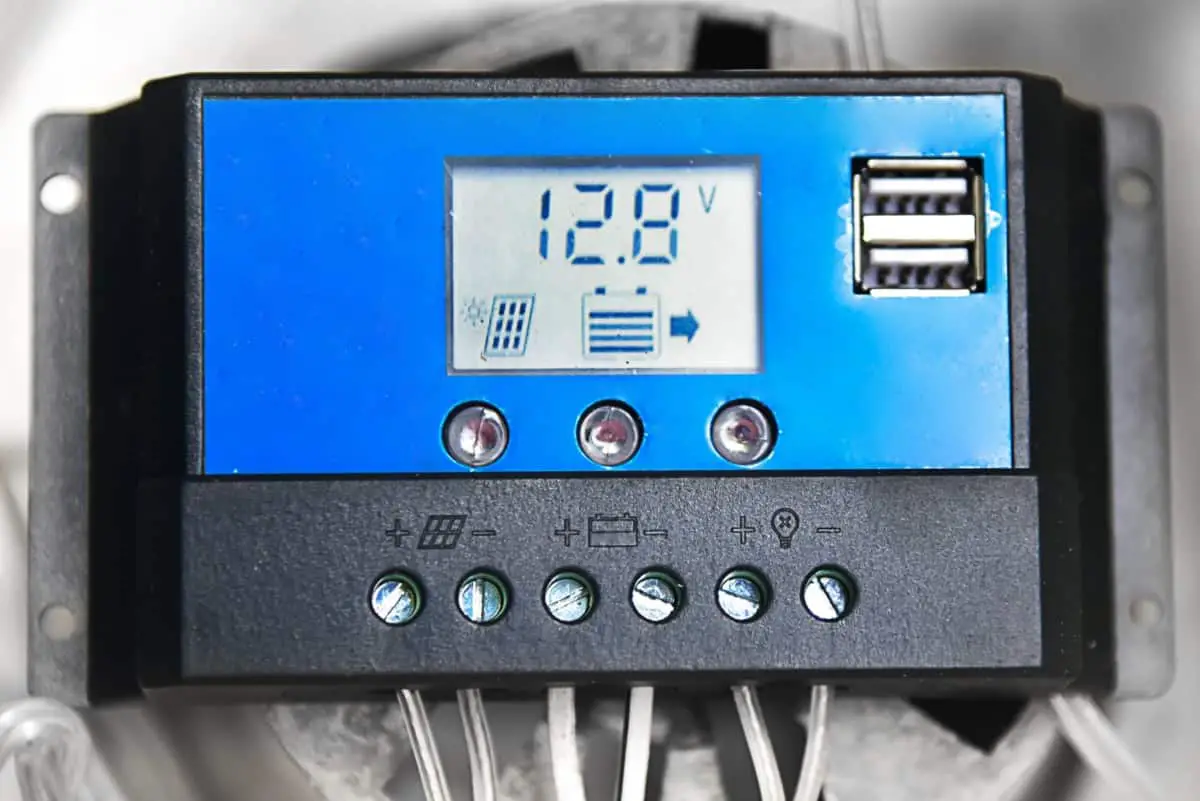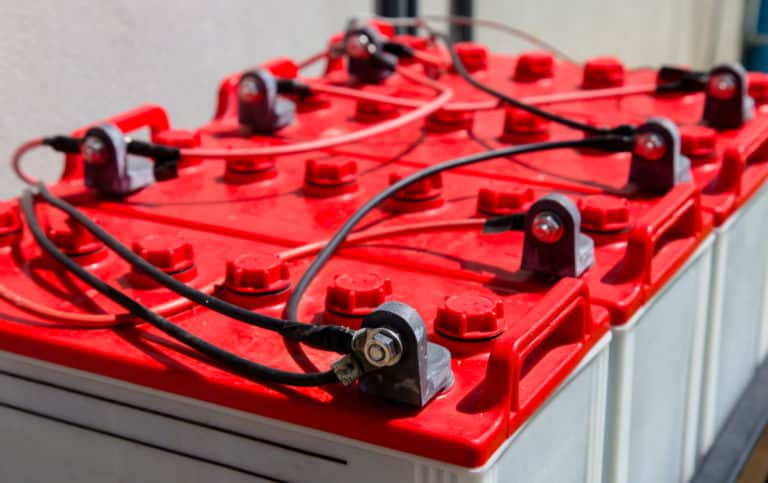How to Choose an Off-Grid Charge Controller
Finding the right charge controller for your off-grid solar system can be a daunting task, I did the research to find out which ones are the best.
A charge controller uses the energy from your panels to charge your battery bank, so it must be the right size to match them. If you have a system of less than 150watts, PWM charge controllers are an affordable option, for larger setups, MPPT charge controllers are best and can improve efficiency.
To help you match the right charge controller to your solar panels system, I’ve broken down everything you need to know about them and how to get the right size for your needs.
What is a charge controller?
A charge controller is a device that regulates the voltage and current that travels to and from a battery. They are an essential component in most solar panel systems with batteries.
Off-grid systems rely on charge controllers to keep the batteries working correctly, which prolongs their life and prevents them from being overcharged. Depending on the amount of sun that falls on the solar array, the voltage of the panels can change, the charge controller adjusts it before it reaches the battery.
Related reading: What is the best battery for a solar power system?, Guide to off-grid solar inverters.
PWM vs. MPPT charge controllers
There are a small number of types of charge controllers available. The most common used in off-grid homes are the Pulse Width Modulation (PWM) charge controller and the Maximum Power Point Tracking (MPPT) charge controller.
Both are suitable for a range of systems but come with different features and benefits. The PWM is significantly cheaper than the MPPT but also has more limited functionality.
Check out my recommendations for the best solar power equipment.
How does a PWM charge controller work?
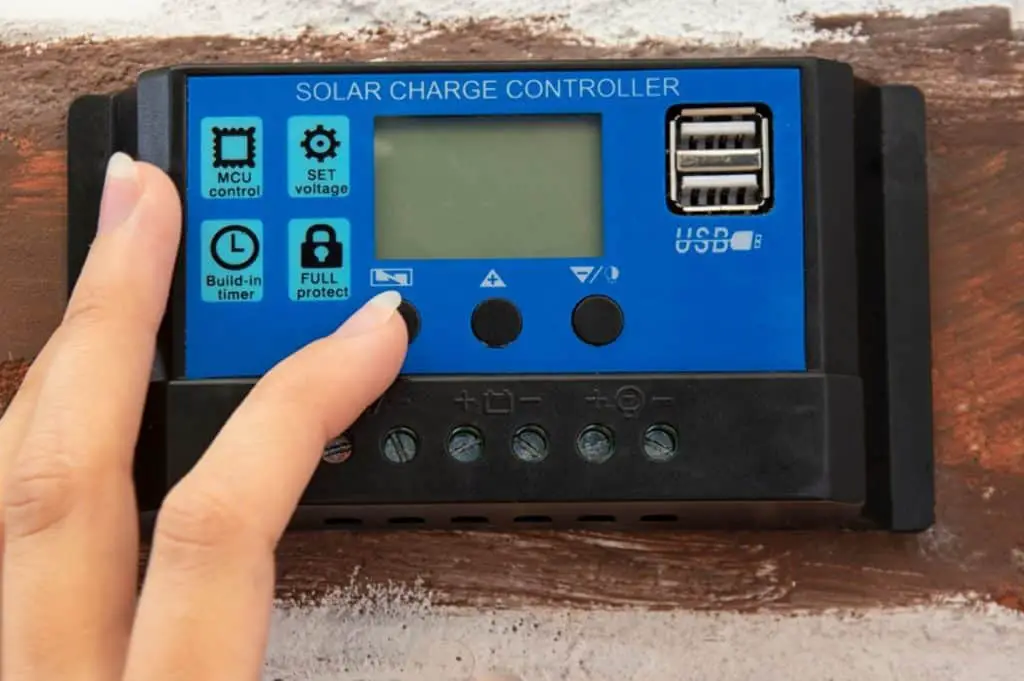
A PWM controller is simply constructed, lightweight, and affordable. It should be used when your solar panels are configured to supply a voltage that matches that of your battery bank. You could use solar panels with a higher voltage, but the controller would reduce them to match the battery causing a considerable loss in power and efficiency.
As the sun rises, the voltage created in your solar array increases, a PWM charger can only supply this charge to the batteries when it reaches the necessary voltage. Because of this, some power is lost, and the system has an efficiency of around 80%. Consequently, a PWM controller is best suited to a small operation with only a couple of smaller panels.
Pros
- They are affordable and often cost under $50.
- They are best used for systems of less than 150watts.
- They are small and lightweight
Cons
- They have low efficiency because they can’t use low voltage power.
- They can only be used when the voltage of the array matches the voltage of the batteries.
- Some people report that they can cause interference with radio and TV signals.
How does an MPPT charge controller work?

An MPPT controller is larger, more complex, and can cost several hundred dollars. However, you get a lot more for your money. These controllers can alter the voltage from the panels to match what is needed in the battery system without making any energy losses.
Consequently, you can have a system of a different voltage to the batteries, and more of the charge produced by the panels can be used to charge the batteries. This makes them more versatile and often more than 90% efficient.
Also, because the voltage can be increased, it allows you to use different panel configurations with larger voltage but amps that stay the same. This means that the wire between the panels and the controller can be thinner making it less expensive. If your controller is some distance away from the panels, this can mean a significant saving.
Pros
- They have higher efficiency.
- They are suited for use in larger systems.
- They can match a broader range of panel voltages to your battery bank.
- They allow you to use smaller gauge wire.
Cons
- They are more expensive.
- They are often larger and heavier than PWM controllers.
How to select the right size?
Most charge controllers come in either 12v, 24, or 48-volt sizes and can have different amp ratings. Because PWM controllers can only use the same current supplied by your solar array, the device you choose should be able to take a current slightly larger than that provided by your panels.
For example, if your solar array is 12volts and 20 amps, then the charge controller should be 12volts and at least 20 amps. However, it is advisable to add 25% to the amps to add a safety margin. This would mean you would need a charge controller of 12v and 25amps.
For an MPPT charge controller, the range of voltage it can accept from your panels is broader, but you still want to match it as closely as you can to your system. Most MPPT devices can accept input voltages of up to around 150volts or more and bring it down to match systems of 12, 24, or 48volts.
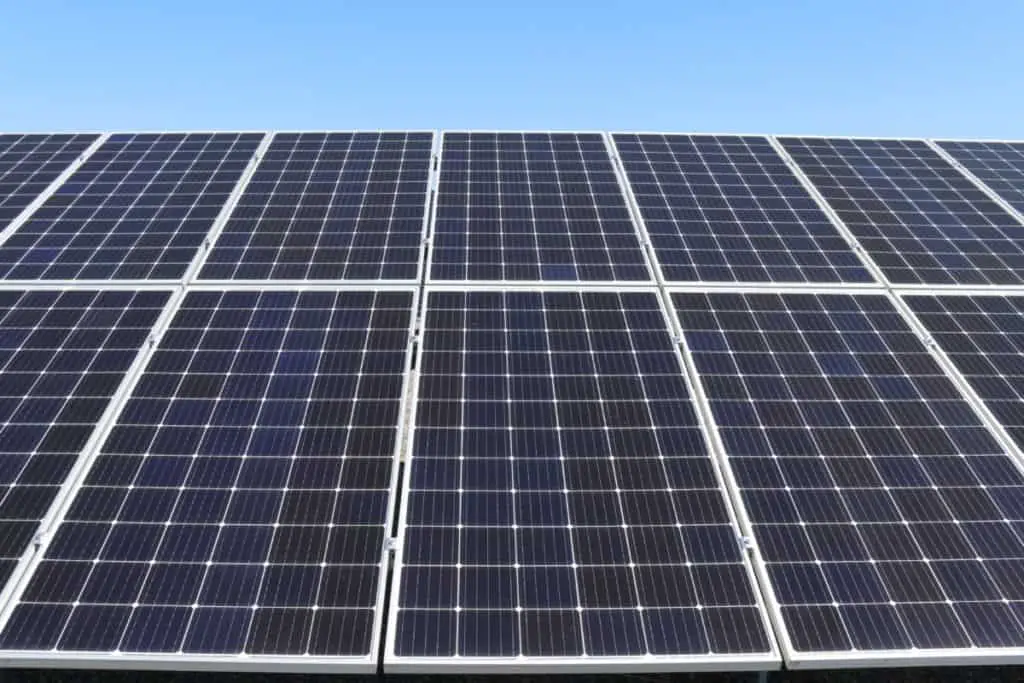
To find a controller that matches your setup, you will need to know the maximum power of your solar array. This is the wattage your panel can produce at maximum sunlight and should be noted on the panel label and may be called Pmax or Wp. This will help you to find a controller that can handle the wattage of your array but also allow you to calculate the required amp rating of your charge controller.
For example, if you have a 900watt solar array that you want to use to charge a 24v battery bank:
900 ÷ 24 = 37.5amps
In short, if you know the specifications of your solar array and your battery bank, you can match it to the correct charge controller.
If you want a more detailed look at the maths this video takes you through it:
Do your batteries work with the charge controller?
Some charge controllers are specifically designed to be used for certain types of batteries. You must check that these components are compatible with each other before making any purchases.
Related reading: How many solar panels do I need to run my home off-grid?
Conclusion
For most off-grid solar systems, you’re likely to need an MPPT charge controller. However, if you want to start smaller and install one or two mini panels to a workshop or RV, PWM is an affordable option.
The best way to ensure you get the correct component is to carefully size your solar panels and the battery bank and then ensure that your controller matches the necessary specifications.
Check out my recommendations for equipment that will help you take your home off-grid.
My Off-Grid Product Recommendations
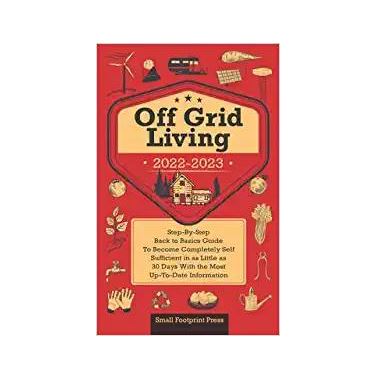
Useful Book: Off Grid Living 2022-2021 – This incredible step by step guide is a great read and gives you useful information about reaching self-sufficiency in just 30 days. Get the paperback on Amazon or read it free with a Kindle Unlimited subscription or listen to the audio version with Audible Plus membership.
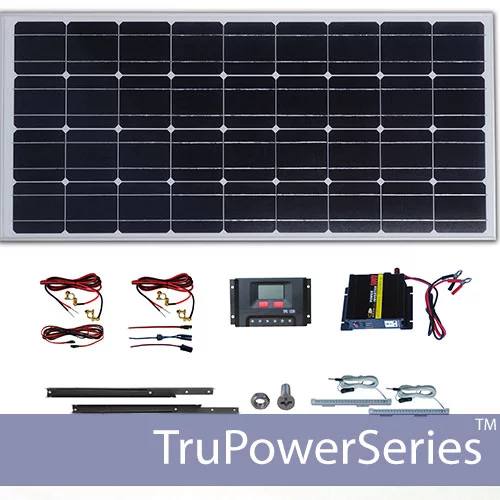
Small Solar Panel Systems: Silicon Solar – This is an excellent company that offers lots of products to get you started on your solar journey. Visit Silicon Solar.
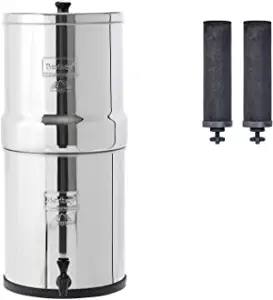
Family Water Filter: Big Berkey – For a fast, affordable water filter with no plumbing required, you can’t beat a Big Berkey gravity-fed filter like this one from Amazon.
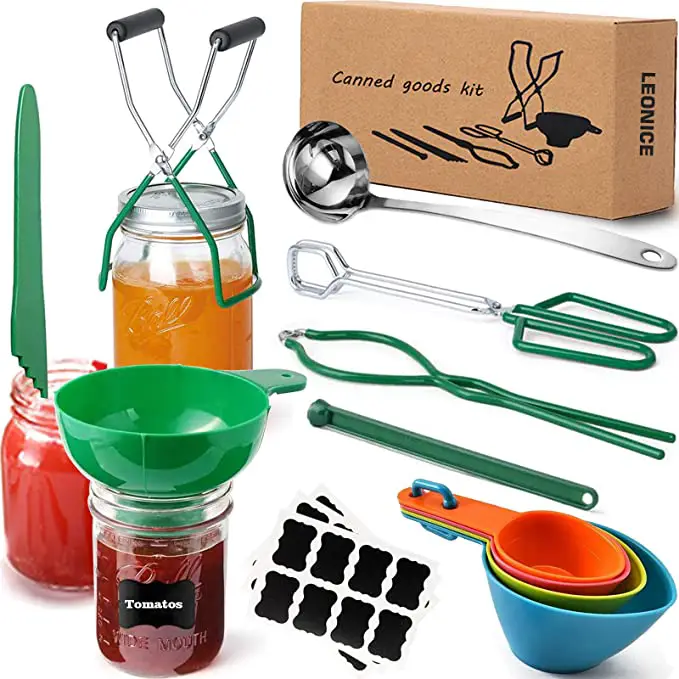
Canning Equipment – This canning starter kit, 22-quart Barton pressure canner and twelve-pack of Ball 16oz mason jars will help you preserve food as you work towards self-sufficiency.
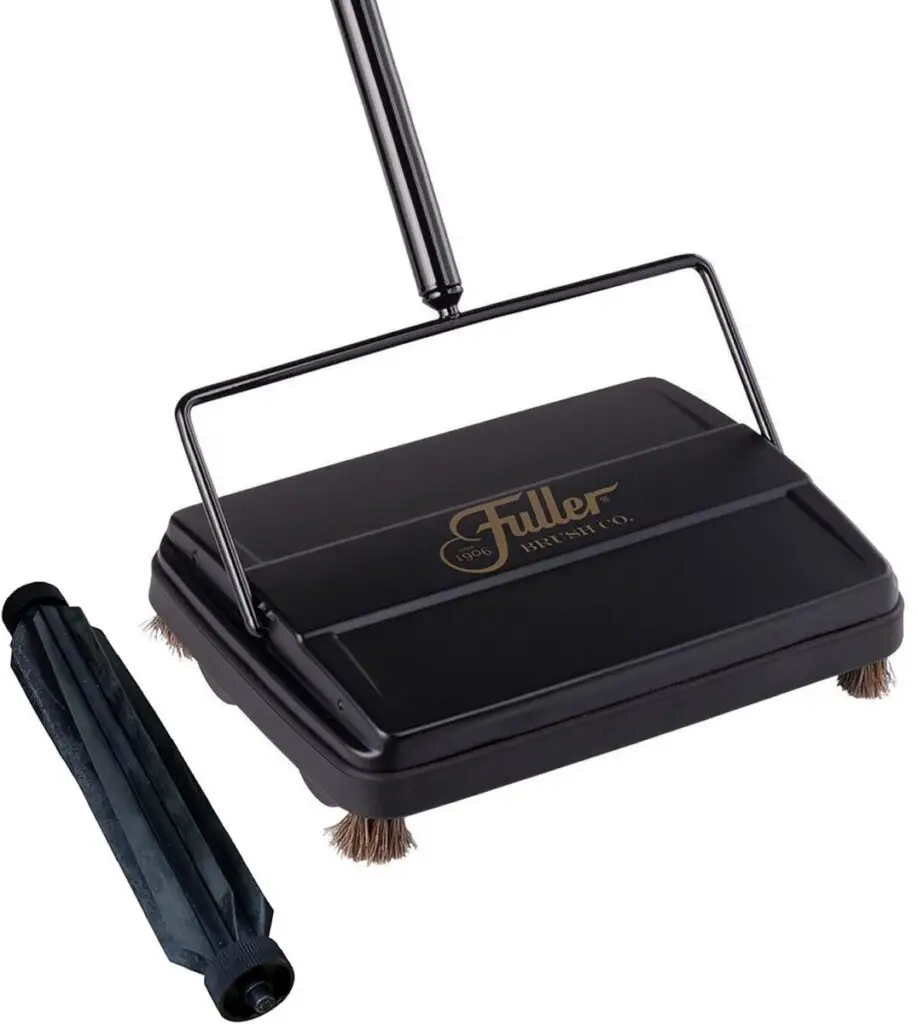
Cleaning: Fuller Carpet Sweeper –. This carpet sweeper is an ideal way to keep your home clean without using up your energy stores on vacuuming.

Handy Knife: Gerber Serrated Paraframe – This handy all-purpose knife is lightweight and ideal for all those little jobs around your home and garden.
